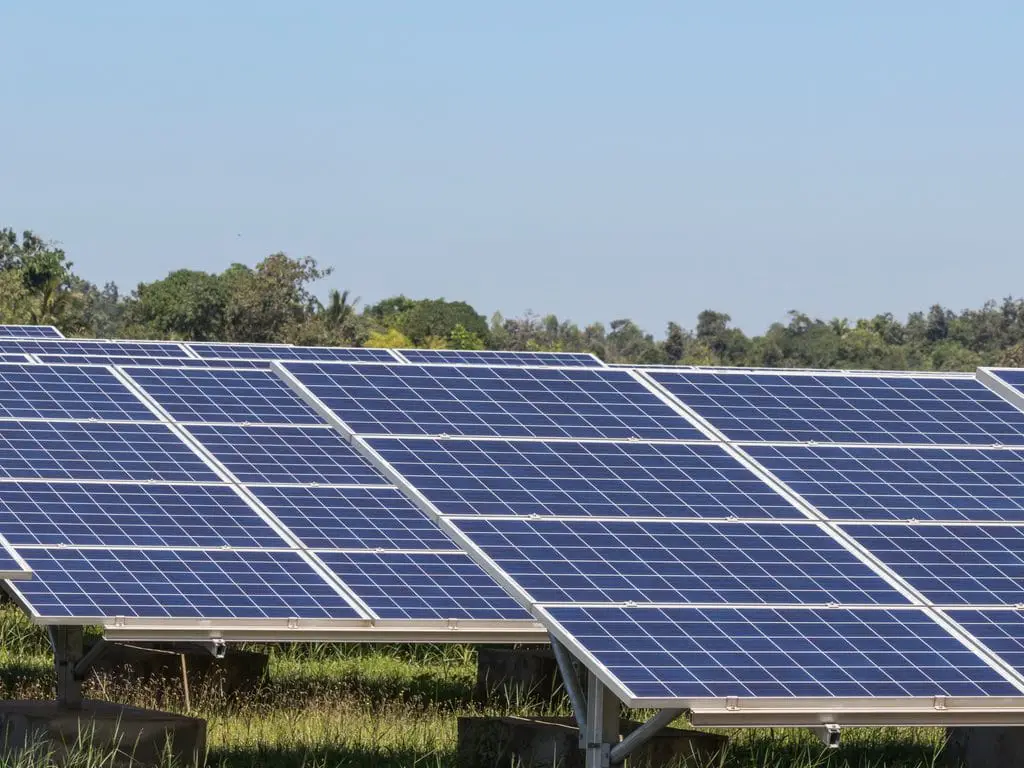Kibo Energy, an independent power producer (IPP), is taking over a solar plant in Victoria Falls, Zimbabwe. The proposal, formerly proposed by Broomfield International, entails building a 100 MWp solar photovoltaic power plant in stages. Kibo will build a solar power plant in Zimbabwe. The independent power producer (IPP) located in Dublin, Ireland, is purchasing Broomfield International’s 100 MWp solar power plant. The transaction is valued at £10 million, or more than $13 million.
Also Read: Plans in for Construction of First Quantum Copper Mines Solar-Wind Power Plants in Zambia
Scope of the Solar Project in Victoria Falls
The project is being built at Victoria Falls, a town in western Zimbabwe near the massive waterfalls of the same name. It is being built in 25 MWp segments, the first of which has already been funded and is under construction. Kibo Energy intends to feed the first five MW of the facility into the Zimbabwean national grid in April 2022. The remaining 20 MW are expected to be online by December 2022. Kibo will purchase 100% of Brownhill International’s issued share capital as well as the shareholders’ claims against Brownhill, which controls the project through its wholly-owned subsidiary Power Ventures.
The business managed by Louis Coetzee is taking over a project that already has all of the essential approvals, including a production license, an environmental permit, and authority to link to Zimbabwe’s national power system. The project is also covered by a number of power purchase agreements (PPAs) with maturities of about ten years. As a result, the Victoria Falls solar project will be linked to the Hwangwe-Victoria Falls national transmission line through a simple loop connection less than one kilometre away. The initial phase of the plant’s commissioning will enhance the percentage of solar in Zimbabwe’s energy mix. The East African country is 90% dependent on hydropower, with a total installed capacity of 2,398 MW. According to the International Renewable Energy Agency, solar power contributes to barely 1% of Zimbabwe’s electricity mix.

Leave a Reply